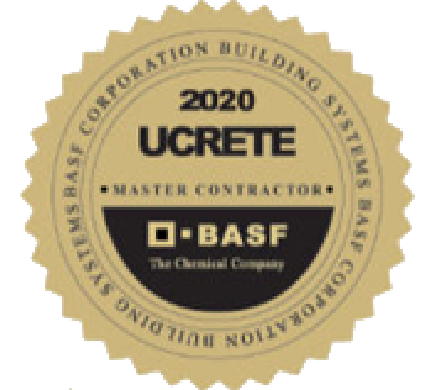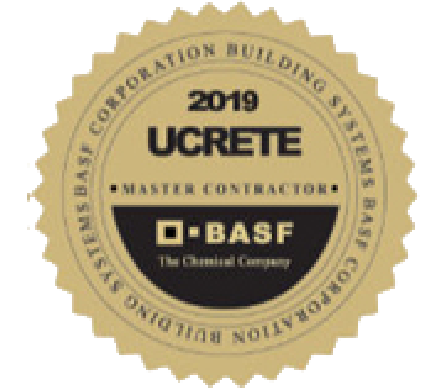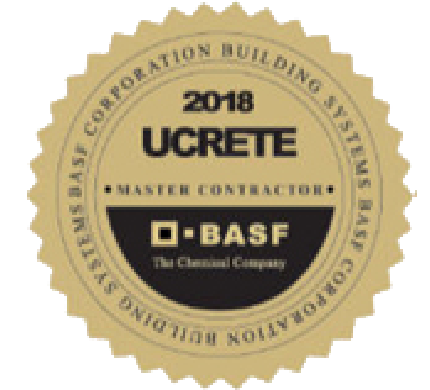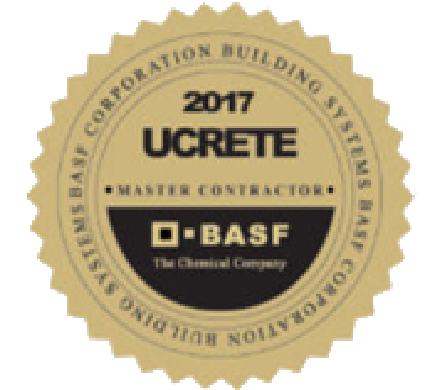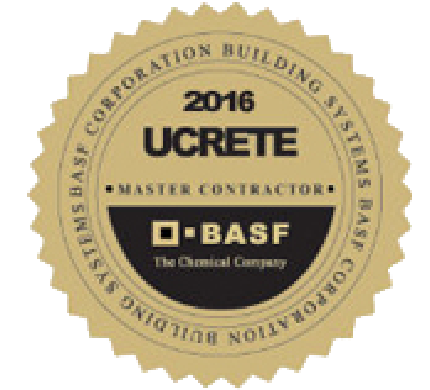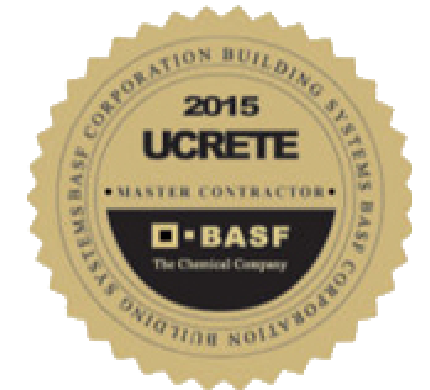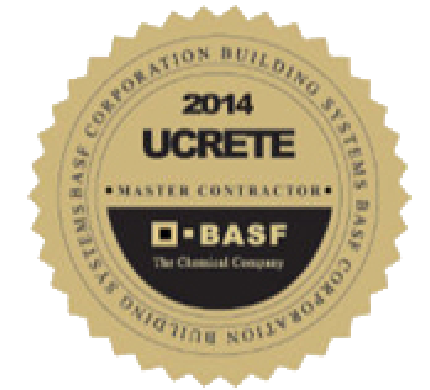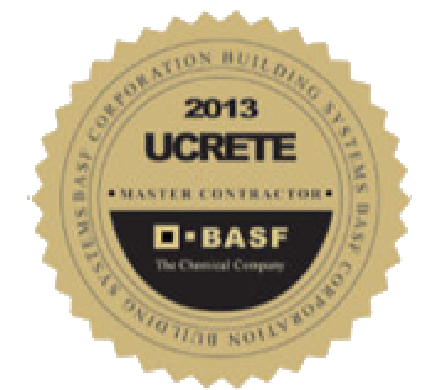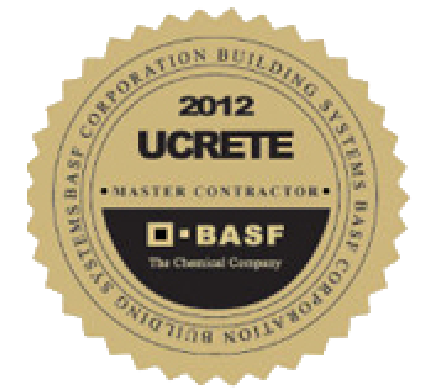Got Hot Weather? Rise to the Challenge.
When temperatures rise, industrial flooring installers use a little sweat equity –and hot weather concreting methods- to keep jobs running coolly.

Whether you’re pouring new concrete or applying urethane concrete, elevated air temperatures affect the substrate in a number of different ways:
Strength – mixing, pouring, curing or applying in hot weather develops higher early strengths than concrete produced and cured at lower temperatures
Proper Curing – high temps have adverse effects on proper curing times, which influences concrete strength.
Surface Drying– working with concrete when it’s hot, especially in arid conditions, causes unreliable set times, plastic shrinkage and frequent cracking. The condition of subgrades and formwork can also affect concrete. If they are also hot and dry, they will absorb water from the mix, resulting in cracks.
Evaporation- air temperature, relative humidity, concrete temperature and wind velocity work together for evaporation rate. If the rate is greater than 0.1 pounds per square foot per hour, shrinkage cracking is possible.
What is Hot Weather Concreting?
According to Concrete.org, hot weather concreting is defined as “one or a combination of the following conditions that tends to impair the quality of freshly mixed or hardened concrete (or urethane concrete) by accelerating the rate of moisture loss and cement hydration, or otherwise causing detrimental results: high ambient temperature; high concrete temperature; low relative humidity; and high wind speed.”
Hot Temps or Hot Concrete?
The rate of cement hydration is critical for concrete to set, which affects its strength. The process of hydration is one that generates its own heat, so if the concrete is already hot, hydration happens more rapidly. In addition, one part of a large substrate can be warmer than another part. If the thermal differential is greater than about 20°F, cracks are likely.
Regardless of the air temperature, cement in the concrete draws in water and grows crystals around the aggregate particles during the set time. If this occurs in hot concrete, these crystals grow quickly and don’t have time to grow strong. “Early strength” is higher while “28-day strength” tends to decline. Experts say if the concrete is 18 degrees hotter than normal, the ultimate compressive strength is as much as 10% lower. In hot weather, more mixing water may be needed due to increased rate of slump loss, which can lower concrete strength up to 10% and case variations in colored concrete between adjacent pours.
Other Challenges or Damage Include:
-Increased set rate
-Difficulty handling, compacting and finishing
-Greater risk of cold joints
-Difficulty maintaining and controlling air content due to mixing
-Decreased durability due to cracking
Hot Weather Concreting Methods

- Use concrete, mix ingredients and water that are as cool as possible. Concrete needs to be less than about 80°F. Consider using chilled water.
- Evaporation retarding admixtures can be added to delay setting time, giving the concrete more time to dry out. Avoid adding too much retarder, which can lead to surface crusting, flatness issues and even delamination.
- Superplasticizer admixtures (high-range water reducer) increase slump without affecting the concrete’s final strength or appearance.
- Fogging and wet burlap used on the substrate surface helps keep moisture high
- Wind breaks protect concrete from the effects of hot, dry winds
- Make sure your crew is prepared for hot weather conditions and all equipment is ready to go when the concrete is ready to be poured.
- Keep sun from any large windows off the concrete surface if at all possible. Working in the evening can help.
- Keep tools and equipment -especially things like pump hoses- as cool as possible.
- Using a monomolecular film will prevent evaporation of surface water from the newly poured substrate; these materials evaporate after a couple of hours and have no negative impact on the concrete.
- Start the curing process as soon as the installation is complete; use white pigmented curing compound or blanket to help reflect light away from the surface.
About Surface Solutions
Surface Solutions is an independent industrial floor contractor specializing in seamless, polymer flooring systems utilizing the most trusted brands in the industry. From testing to consultation and complete installation services, Surface Solutions is your premiere source of non-toxic, safe and environmentally friendly flooring systems, offering turnkey installations using only in-house personnel. All installations come with a complete single source warranty.
NEED A FLOORING CONSULTANT?
Call us now at 317-388-8000 or click the button to plan your project today

COMPANY AWARDS
